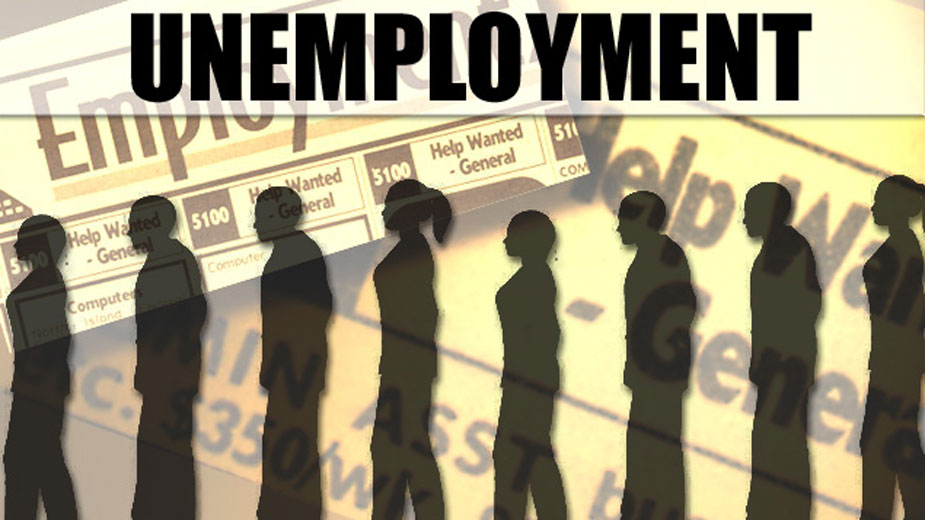Unemployment Claims down in Ohio and Pennsylvania
COLUMBUS, Ohio – Initial jobless claims in Ohio dipped to 7,044 during the week ended Oct. 23, down 510 claims from than the previous week, the Ohio Department of Job and Family Services reported Thursday.
Ohioans also filed 42,410 continued unemployment claims during the week, which is 3,340 fewer claims than a week earlier, the agency reported. There were 49,454 total claims for the week.
The unemployment rate in Ohio during September stood at 5.4% compared to the national average of 4.8% for the same month. The state’s labor force participation rate was 61.1% during that month, while the national labor force participation rate in September stood at 61.6%.
In Pennsylvania, initial claims for the week ended Oct. 16 – the most recent data available – were 9,608, down from 13,847 the week prior, reported the Center for Workforce Information and Analysis. Continued unemployment claims in the commonwealth declined to 102,226 from 122,546, a 20,320-claim drop.
Nationally, the number of Americans applying for unemployment benefits fell to a pandemic low last week as the job market continues to recover from last year’s coronavirus recession.Jobless claims dropped by 10,000 to 281,000, lowest since mid-March 2020, the Labor Department said Thursday. Since topping 900,000 in early January, weekly applications have steadily dropped, moving ever closer to pre-pandemic levels just above 200,000.
The four-week average of claims, which smooths out week-to-week gyrations, fell by nearly 21,000 to 299,250, also a pandemic low.
In all, 2.2 million people were collecting unemployment checks the week of Oct. 16, down from 7.7 million a year earlier.
The pandemic slammed the economy in the spring of 2020. In March and April last year, employers slashed more than 22 million jobs as businesses closed or reduced hours in response to lockdowns and consumers staying home as a health precaution.
The economy recovered with unexpected speed, helped by the rollout of vaccines and generous government relief checks and other spending. By last month, the economy had reclaimed more than 17 million of the lost jobs. But that was still 5 million short of where the labor market stood in February 2020.
And hiring slowed sharply last month — to just 194,000 new jobs after averaging a 607,000 a month the first eight months of the year. That is partly because companies can’t find enough people to fill their job openings — 10.4 million in August, second-highest in records going back to 2000.
Jobless claims “continue to trend lower, gradually moving closer to levels prevailing prior to the recession,” Rubeela Farooqi, chief U.S. economist at High Frequency Economics, wrote in a research report. “Businesses are holding on to workers amid reports of severe labor shortages.″
Many Americans have retired. Others are still wary of the health outlook or struggling with daycare issues. Still others are rethinking their lives and careers after spending months locked down at home.
The Associated Press contributed to this article.
Published by The Business Journal, Youngstown, Ohio.



